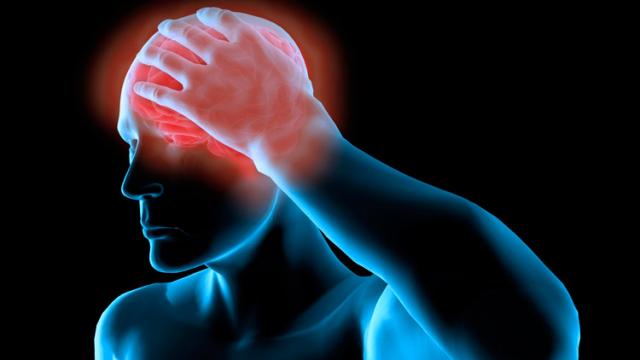A common but previously unstudied head-shaking motion after impact could help identify up to one-third of undiagnosed concussions, according to new research from Mass General Brigham and the Concussion Legacy Foundation. The study reveals that this quick side-to-side head movement, now termed SHAAKE (Spontaneous Headshake After a Kinematic Event), strongly correlates with concussion injuries.
Summary: Researchers have identified a specific head-shaking motion following impact that could signal concussion in athletes. The newly named SHAAKE sign is associated with concussion in 72% of cases, rising to 92% in football players, potentially helping identify previously missed brain injuries.
Estimated reading time: 6 minutes
Understanding SHAAKE
The motion occurs within seconds or minutes of impact, involving lateral rotation at 2-8 movements per second and typically lasting less than two seconds. The study of 347 athletes aged 18-29 found that 69% had experienced this response, with 93% of those reporting it occurred with a concussion at least once.
“Sports and medical organizations should immediately add SHAAKE to their lists of potential concussion signs,” Nowinski said. “Coaches, medical professionals, and concussion spotters should be trained to recognize when a SHAAKE happens and remove athletes for further assessment. It’s an easy change, with no downside, that could prevent catastrophic outcomes and save careers.”
Clinical Evidence and Implications
“In the athletes we studied, about three out of every four SHAAKEs happened because of a concussion,” said Daneshvar. “Based on our data, SHAAKE is a reliable signal that a concussion may have occurred, like an athlete clutching their head after contact, being slow to get up, or losing their balance. Just like after these other concussion signs, if athletes exhibit a SHAAKE, they should be removed from play and evaluated for a potential concussion.”
Athletes reported experiencing SHAAKE for several reasons:
- Disorientation or confusion (25%)
- Feeling need to “jumpstart” brain (23%)
- Changes to perception of space (14%)
- Other symptoms including headache, dizziness, and vision changes
Glossary of Terms
- SHAAKE: Spontaneous Headshake After a Kinematic Event
- Ataxia: Loss of control of body movements
- Kinematic Event: An impact or motion affecting the body
- Concussion Spotter: Professional who monitors athletes for signs of concussion
- Recall Bias: Potential inaccuracy in remembered information
- Prospective Study: Research that follows subjects over time
Quick Quiz
- What percentage of football players who showed the SHAAKE sign had a concussion?
- How many movements per second typically occur during a SHAAKE?
- What was the most commonly reported reason for experiencing a SHAAKE?
Answers:
- 92%
- 2 to 8 movements per second
- Disorientation or confusion (25% of cases)
For more information: View in Diagnostics journal
Enjoy this story? Get our newsletter! https://scienceblog.substack.com/


